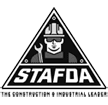
How to Maximize Safety and Efficiency with Lever Hoist in Industrial Applications
In the fast-paced world of industrial applications, ensuring both safety and efficiency is paramount. One of the most versatile tools available to facilitate these objectives is the lever hoist. Lever hoists are designed to lift and move heavy loads with precision and control, making them indispensable in various settings, from manufacturing plants to construction sites. By understanding how to effectively utilize lever hoists, businesses can not only streamline their operations but also create a safer working environment for their employees.
As industries increasingly focus on optimizing their processes, leveraging the advantages of lever hoists becomes essential. These tools offer remarkable strength and durability, allowing users to handle heavy materials with ease while minimizing the risk of accidents. In this blog, we will explore the best practices for maximizing safety and efficiency with lever hoists, providing insights into their proper use, maintenance, and placement. By implementing these strategies, organizations can significantly enhance productivity while safeguarding their workforce from potential hazards.
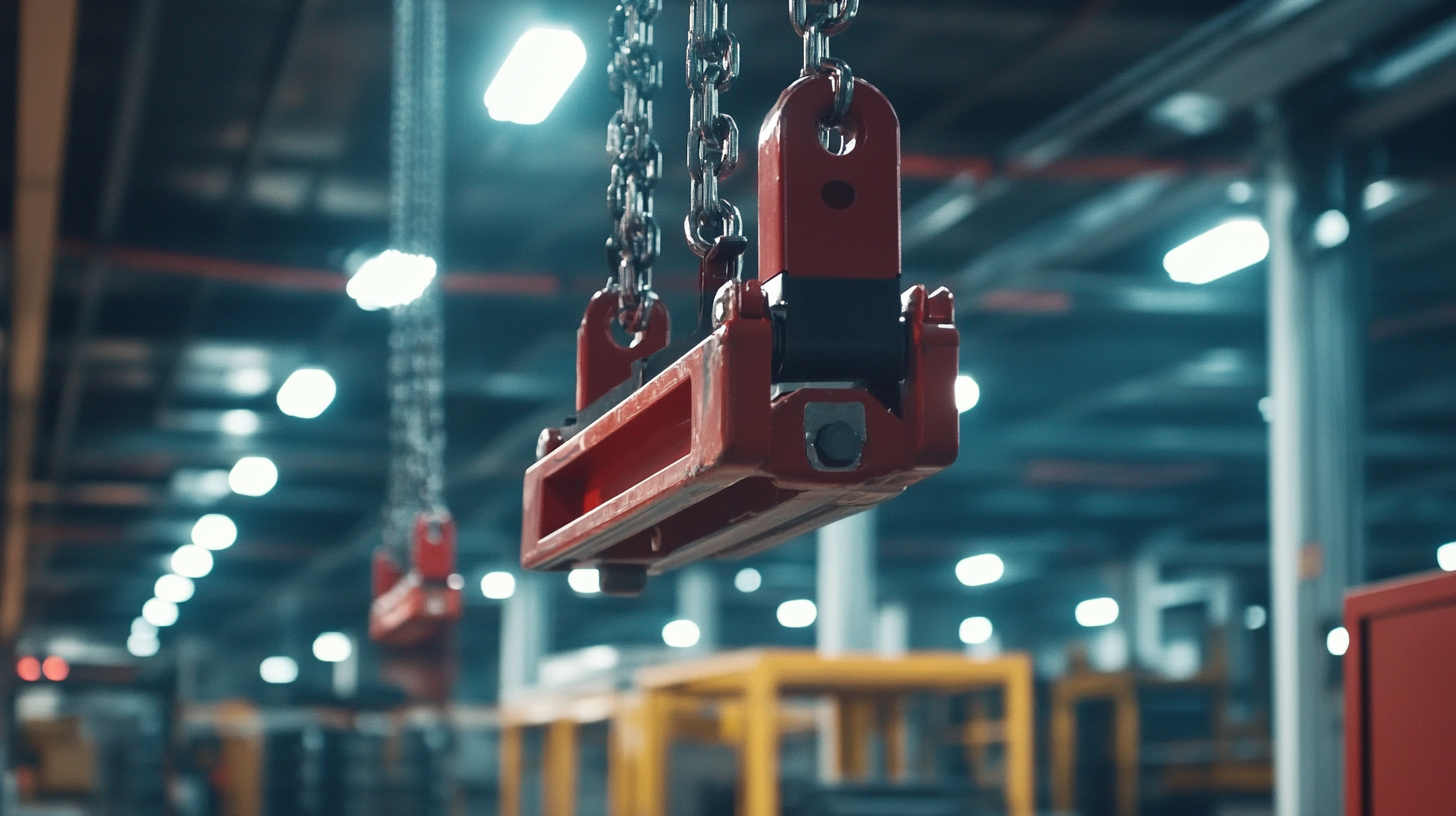
Best Practices for Selecting the Right Lever Hoist for Industrial Use
In industrial applications, selecting the right lever hoist is critical for maximizing safety and efficiency. Lever hoists, known for their versatility and reliability, must be chosen with careful consideration of several factors to align with industry best practices. According to recent industry reports, improper equipment selection can lead to productivity losses of up to 30%, highlighting the importance of informed decision-making. When selecting a lever hoist, it's essential to evaluate the load capacity and lifting height requirements. Ensuring that the hoist can handle the intended loads not only optimizes performance but also significantly enhances safety on the job site. Industry data indicates that over 50% of workplace accidents stem from equipment failures and improper use. Thus, prioritizing hoist specifications that meet or exceed operational needs is crucial. Furthermore, the recent trends in digital transformation within resource-heavy industries emphasize the importance of leveraging technology when selecting and implementing lifting solutions. Companies that integrate data analytics into their procurement strategies have reported an increase in operational efficiency by as much as 25%. Lever hoists equipped with advanced features can provide real-time insights into performance metrics, supporting better maintenance practices and reducing downtime. This holistic approach not only boosts productivity but also reinforces a culture of safety, essential for sustainable industrial operations.
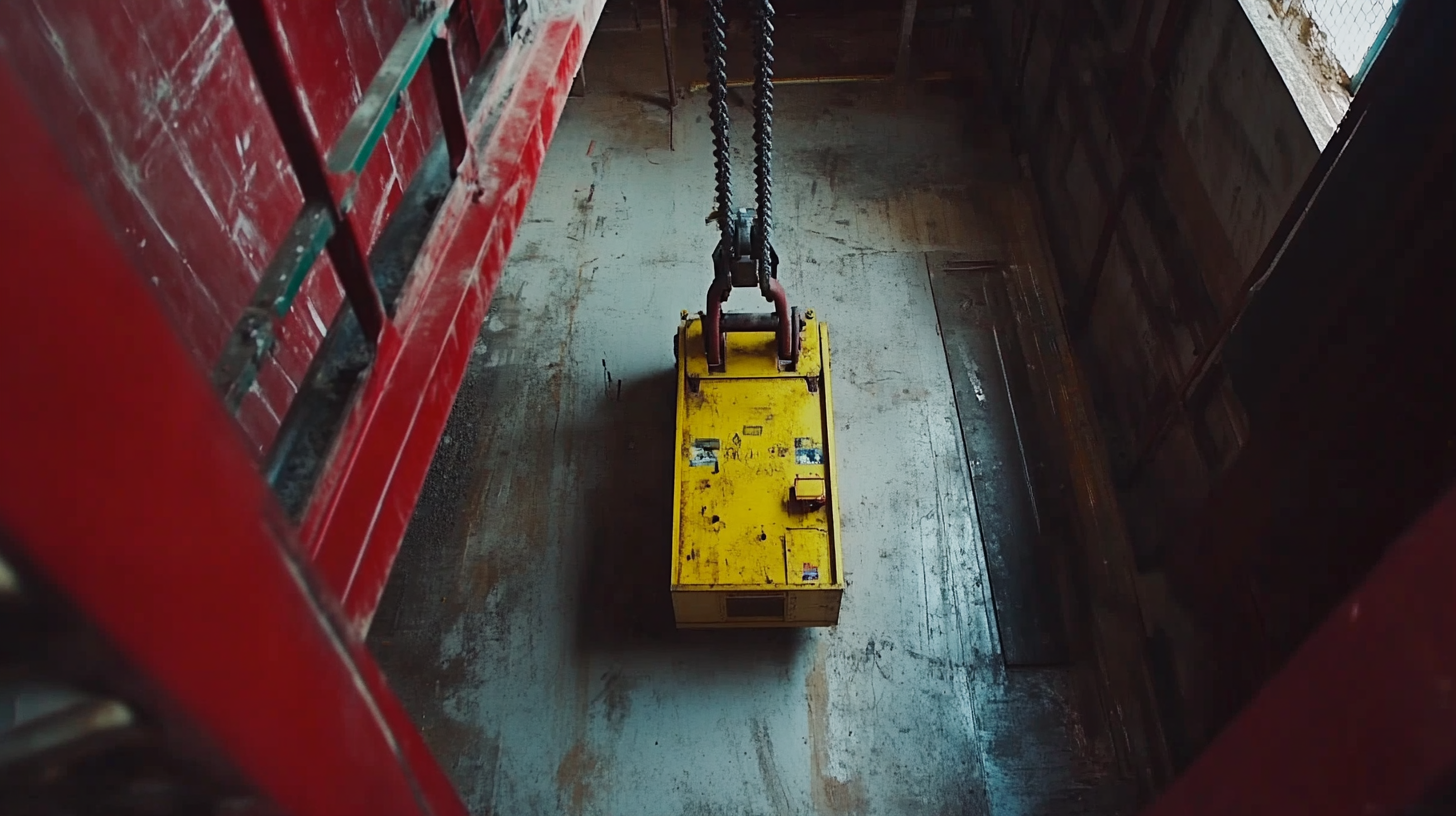
Key Safety Protocols When Operating Lever Hoists in the Workplace
Operating lever hoists in industrial applications requires strict adherence to safety protocols to mitigate risks and enhance efficiency. One of the primary safety measures is the importance of regular inspection of the hoists. According to industry standards, equipment should be inspected before each use and at least annually by qualified personnel to ensure they remain in optimal working condition. Failure to perform these checks can lead to equipment failure and potentially catastrophic accidents.
Training is another critical component of safety when using lever hoists. Employers must provide comprehensive training for workers on the proper use of these devices, including load limits, the mechanics of lifting, and emergency procedures. As indicated by safety reports, improper operation accounts for a significant percentage of accidents in the workplace. By ensuring all operators are well-informed and trained, companies can reduce the likelihood of incidents.
Additionally, maintaining a clutter-free work environment is crucial. According to OSHA guidelines, a clean and organized workspace minimizes the risk of tripping or other hazards that might distract operators during the lifting process. Surrounding areas should be clearly marked, and only authorized personnel should be allowed near active lifting zones. Implementing these protocols not only promotes a safer work environment but also leads to greater overall efficiency in operations, as workers can focus on their tasks without unnecessary distractions or hazards.
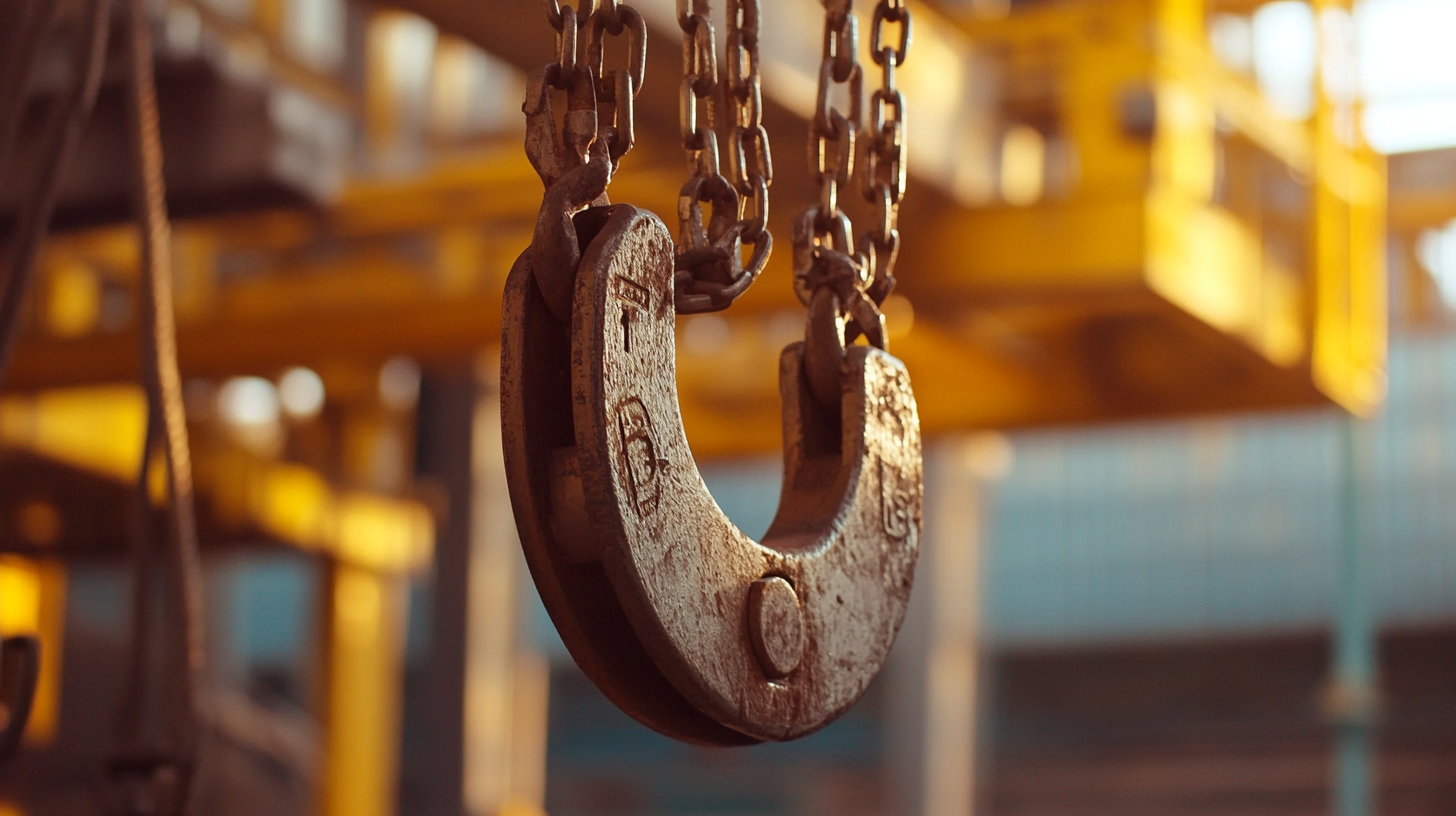
Maintenance Tips to Enhance the Longevity of Your Lever Hoist
Proper maintenance is essential for enhancing the longevity of your lever hoist, an invaluable tool in industrial applications. Regular inspections should be conducted to identify any signs of wear or damage. Look for frayed cables, rusted components, or any abnormalities that could impair the hoist's performance. By addressing these issues promptly, you can prevent more significant problems down the line and ensure that the hoist operates reliably in demanding environments.
Lubrication is another critical aspect of maintenance that should not be overlooked. Keeping the moving parts of the hoist well-lubricated minimizes friction and reduces the risk of mechanical failure. Use a high-quality lubricant specifically designed for hoists, and follow the manufacturer’s recommendations for the frequency of application. Proper lubrication not only enhances performance but also contributes to the smooth operation of the hoist, prolonging its lifespan.
Furthermore, proper storage of the lever hoist can significantly influence its durability. When not in use, store the hoist in a clean, dry place to protect it from moisture and debris, which can accelerate rust and corrosion. Additionally, ensure that the hoist is protected from heavy impacts or extreme temperatures, as these conditions can compromise its structural integrity. Creating a dedicated storage solution will help maintain the hoist in optimal condition, ready for efficient and safe use when needed.
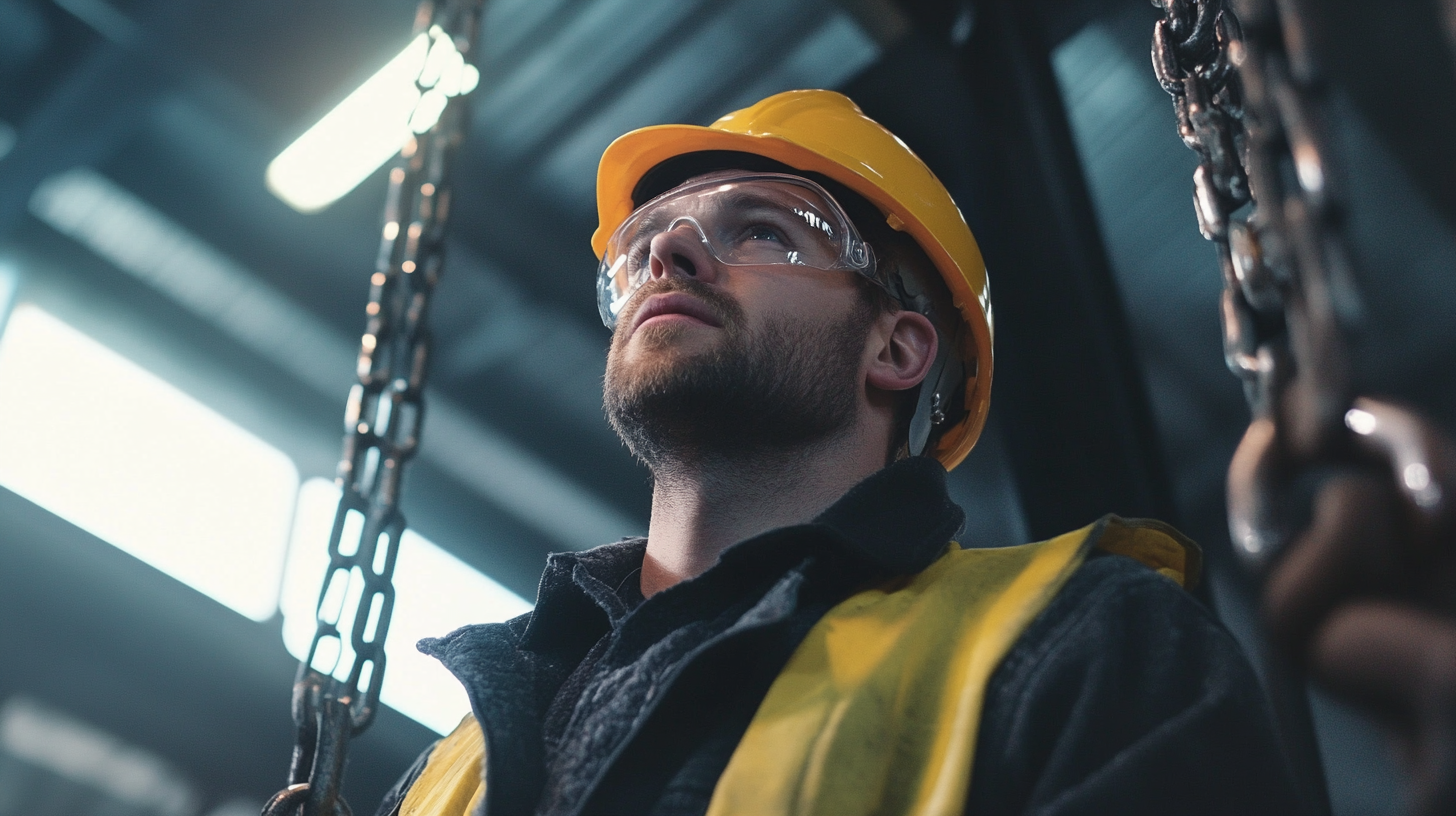
Innovative Applications of Lever Hoists in Different Industries
Lever hoists are versatile tools increasingly being employed across various industrial sectors to enhance safety and efficiency. In construction, these devices are essential for lifting heavy materials, allowing workers to exert minimal effort while ensuring maximum load control. The design of lever hoists enables precise adjustments, making them ideal for navigating tight spaces or lifting objects at different angles. By using these tools, construction teams can reduce the risk of accidents, promoting a safer work environment.
In the manufacturing sector, lever hoists are employed to streamline assembly lines and manage heavy components. With their capacity to lift and maneuver hefty parts, these hoists help minimize downtime and optimize productivity. Industries such as automotive and aerospace utilize lever hoists to transport engines or fuselages with precision, reflecting the importance of efficiency in modern manufacturing processes. The ergonomic design of these hoists mitigates operator fatigue, thereby enhancing the overall workflow.
Additionally, in the logistics and warehousing domains, lever hoists facilitate the movement of goods and materials. They enable workers to lift pallets or heavy shipments effortlessly, reducing the likelihood of strain injuries often associated with manual handling. Lever hoists' portability and ease of use make them an integral part of inventory management and order fulfillment, where time is of the essence. As industries continue to innovate, the applications of lever hoists will expand further, reinforcing their significance in enhancing both safety and operational efficiency.
Training Employees on Efficient Use of Lever Hoists for Improved Safety
In today's industrial landscape, training employees on the efficient use of lever hoists is crucial for maximizing safety and operational efficiency. As organizations recognize the importance of skill development, leveraging modern training methods can vastly improve the effectiveness of these educational initiatives. With the advent of technologies like micro-learning, companies can provide bite-sized, engaging content that caters to shorter attention spans, making it easier for employees to grasp the essential safety protocols and operational techniques necessary for using lever hoists safely.
Moreover, as employers face growing pressure to reduce workplace accidents and enhance safety measures, integrating skills training with advanced technologies becomes essential. Utilizing artificial intelligence (AI) tools can help tailor learning experiences to individual employees' needs, thereby fostering a more proficient workforce. This personalized approach not only fills the skills gap but also ensures that employees are well-prepared to tackle the challenges associated with using lever hoists in real-world applications.
To truly empower employees, organizations should emphasize hands-on training sessions complemented by simulated environments where workers can practice using lever hoists. This creates a safer learning atmosphere while reinforcing the importance of adherence to safety standards. As demonstrated in various sectors, the effective use of training methodologies directly correlates with reduced risks and improved efficiency, making it imperative for industries to prioritize ongoing education on equipment like lever hoists.
Copyright ©2024 Elephant Lifting Products | All rights reserved.
38381 N Robert Wilson Rd, Gonzales, LA 70737 USA
Toll Free: (888) 844-6113 | Phone: (225) 644-6113 | Fax: (225) 644-6695
Email: sale@floralift.org





